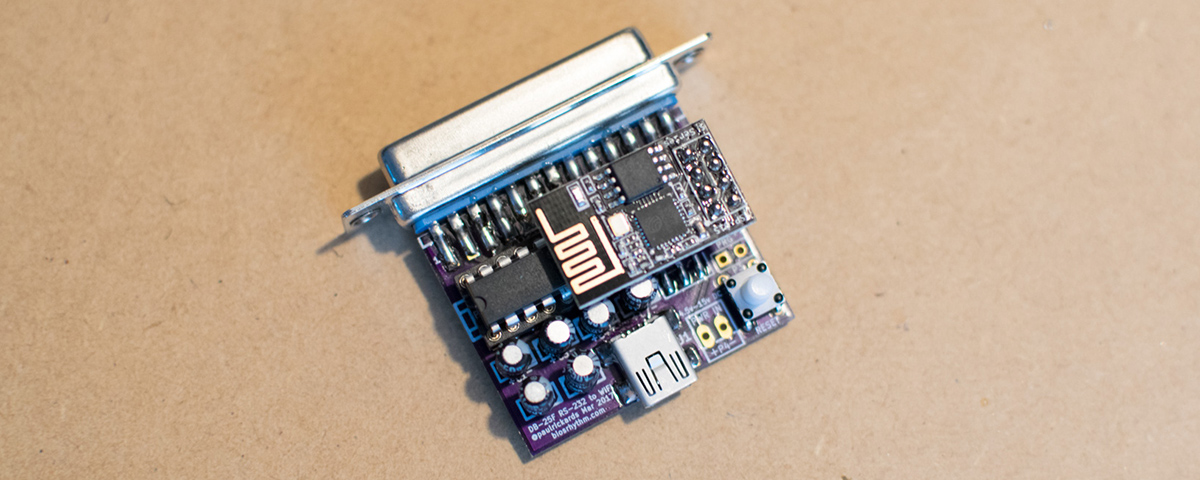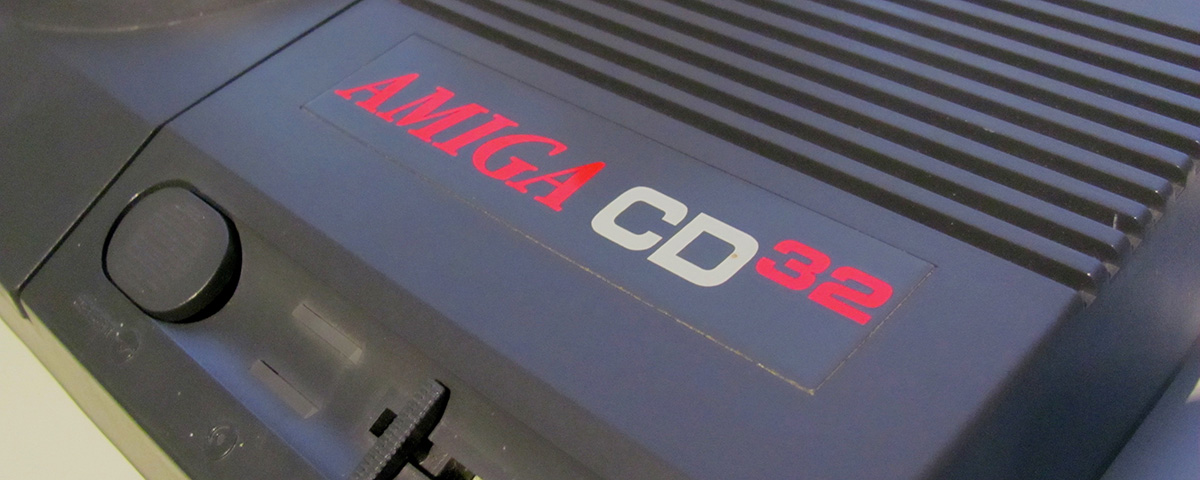Yep, another retro computing acquisition has landed across these pages. And of course it’s a Commodore-related one!
I recently acquired a Commodore Amiga CD32, which is the first and last bona-fide game console the company made before its demise. It’s a curious machine, a mix of old and new, and came out at a very volatile time in the home game console market. Even though it is technically considered a 5th generation console, it does have 4th-generation characteristics in its hardware and software. I haven’t had the machine for long, but I am already in love with it.
First though, a little history. Commodore in its last throes, before the XOR patent that lead to its demise, rattled its last remaining engineers in Pennsylvania to come up with a console machine. This wasn’t much of a stretch given the excellent audio and graphics capabilities of the AGA chipset, but time was running out to get the thing out the door and on sale. The fifth generation of video game consoles was a very busy time, with every man and his dog throwing his hat into the ring and bringing out a (usually) CD-based 32-bit product. Hell, even Apple released one (called the Pippin). Some companies, like the big three at the time — Sony, Nintendo and Sega — continued their success in the video console market, whereas most other companies that were venturing out into the unknown (from their prospective) were not so successful. Commodore, unfortunately, was in the latter camp. Adam Koralik’s excellent 5th generation console recap video sums up quite nicely how things were for these companies back then (strong language warning in case you are reading this at work). Also Dan Wood’s video on the CD32 is an interesting watch if you have a half hour to spare.
I guess one good thing that happened within the timeframe of the 5th generation console era was that Atari released its last ever console — hurrah! (I kid, I kid).
Read more




